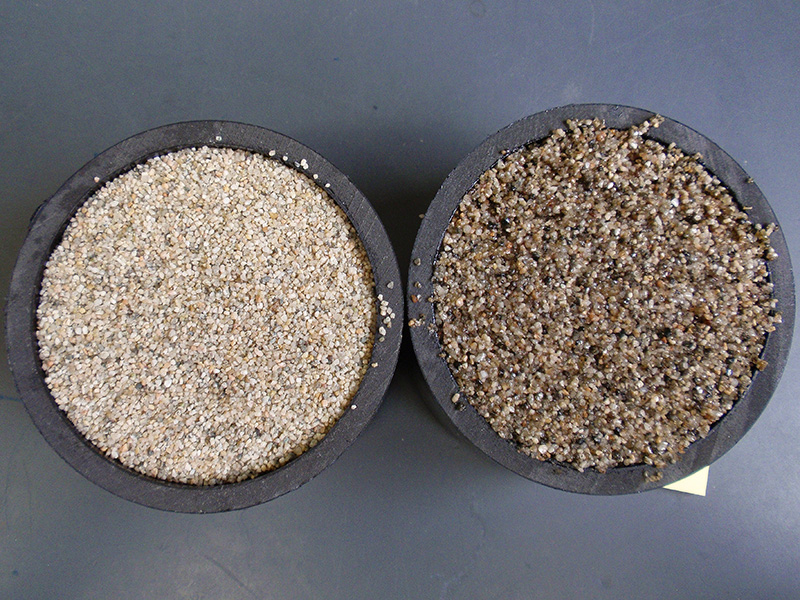Conservation

The United States grows a lot of corn and soybeans. Some researchers think it’s a good idea to add wheat into that mix.


By late fall, much of the Midwest is a pleasing landscape of dry, harvested corn fields. It makes for a bucolic rural scene on highway drives. But the corn litter that’s left over doesn’t seem useful, at least to untrained eyes.


Seeing trees living alongside other vegetation is normal in nature but not something often seen in farming. However, some researchers see benefits in planting crops in between rows of trees in a practice called “alley cropping.”
The more mature, stable trees can have many benefits for the landscape. They can help fight climate change and the effects of extreme weather, as well as provide protection against processes like erosion.

Farmers can use a variety of practices to keep their soils healthy. Some of these practices include not tilling the land, planting cover crops between growing seasons and rotating the type of crop grown on each field.

Farmers often need to regulate soil temperature, reduce weeds, and minimize water loss. Agricultural mulch can help farmers do so.
But the plastic in commonly used agricultural mulch can degrade soil and water quality. Microplastics can even enter the food chain.

Farmers around the world are keen to protect their most important asset: their soil. The soil supports and enriches their crops. But the relatively thin layer of topsoil can readily wash away into streams, carrying unwanted nutrients with it.


In many regions of the world, farming must be done on areas of soil categorized as histosols. Histosols have a thick layer of rich organic matter, called peat.


The Southern High Plains of the United States have low annual rainfall. When it does rain, though, intense storms can cause severe soil erosion. Strong winds also strip away valuable topsoil.
Enter cover crops.


It’s not just oranges that grow in Florida. Carambola, or star fruit as most in the United States call it, is gaining popularity. One researcher from Florida International University is researching how cover crops can help the sustainability of star fruit farms.

